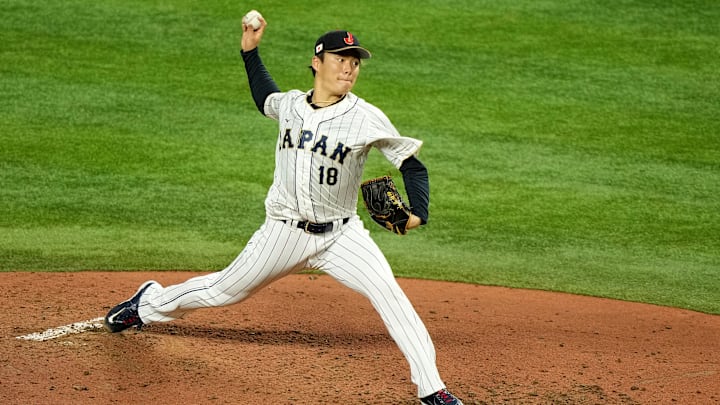#2 Sonny Gray
Astros fans should be familiar with Sonny Gray after watching Houston beat the doors off of him in Game 3 of the ALDS. And while that memory may be bleak, Gray, though not possessing as high of a ceiling as Yamamoto, is just what the Astros need.
In 279 appearances in his career, Gray hols a 3.47 career ERA. He's durable, and aside from a nightmare 2016 season in Oakland and a brutal two-year spell with the Yankees where all careers go to die, he's been much better than the 3.47 mark.
In two years with the Twins, Gray has a 2.90 ERA. Over his last five seasons, Gray holds a 3.22 ERA and 1.15 WHIP with 9.8 SO9.
Not only does he hold good numbers, but he posts. Gray made 32 starts this season. He's started at least 26 games eight of the last 10 seasons. Injuries aren't a huge concern for Gray.
With an aging Justin Verlander, young arms like Cristian Javier and Hunter Brown getting acclimated to an increased workload, lasting durability questions around an arm like Lance McCullers, an unsure return timeline for Luis Garcia, and an erratic Framber Valdez possibly wearing down after an outrageous workload the last three seasons, the Astros need an arm they can trust to post every fifth/sixth day.
He may not go as deep into games with consistency as an arm like Verlander, but there is great value in consistent starts.
Gray is projected to receive three years and $64 million according to The Athletic. This would be a good use of funds for Houston.
